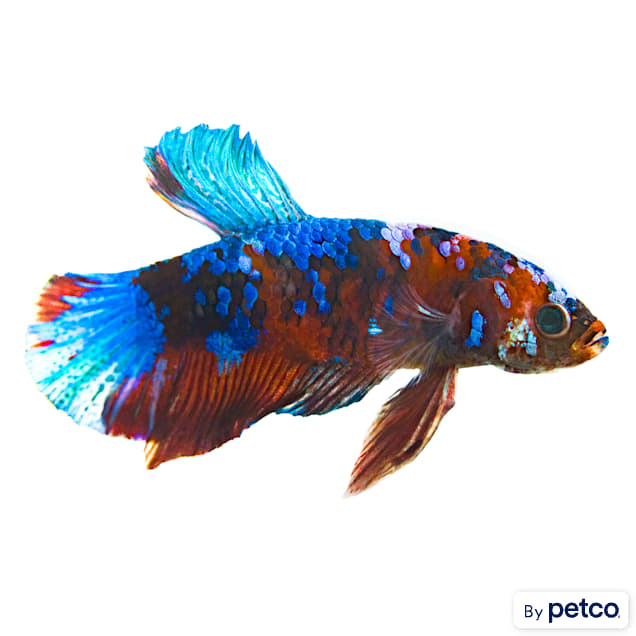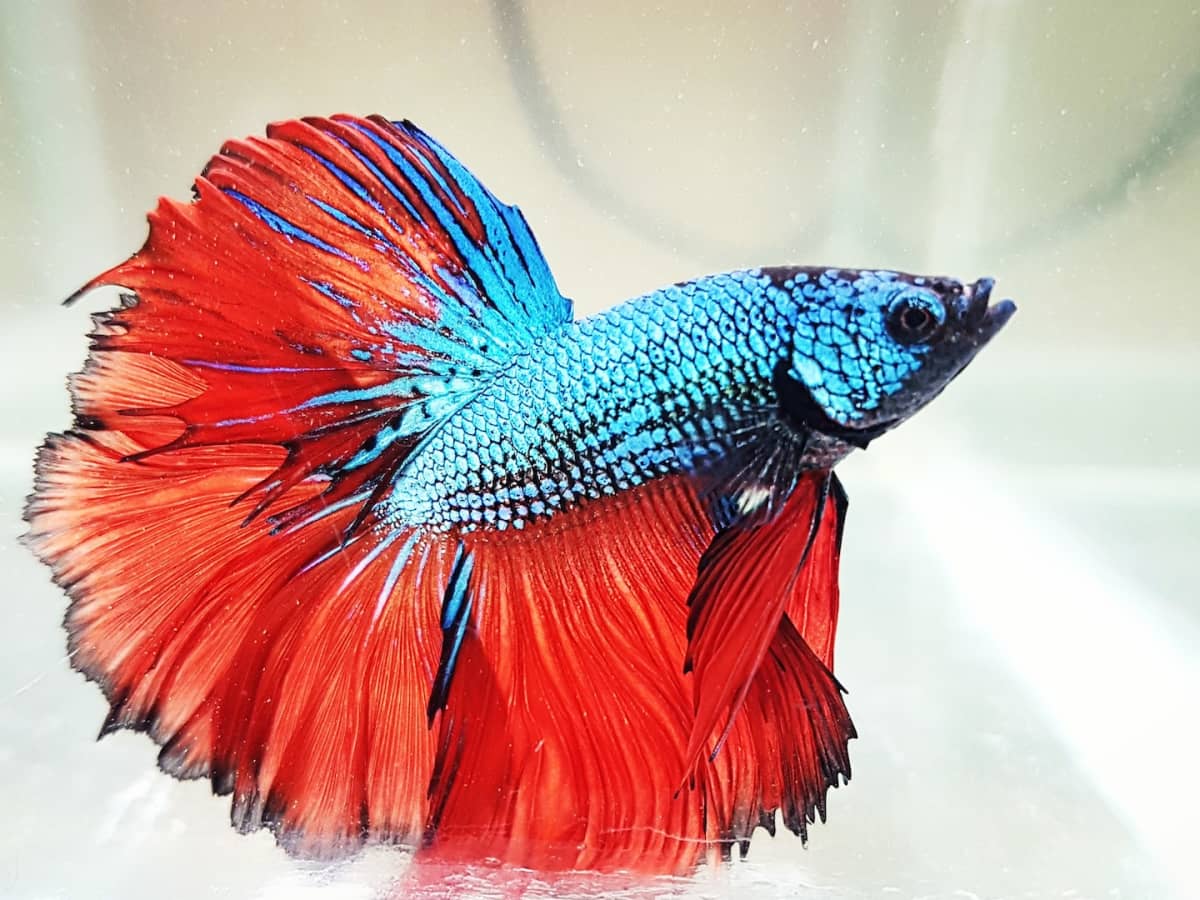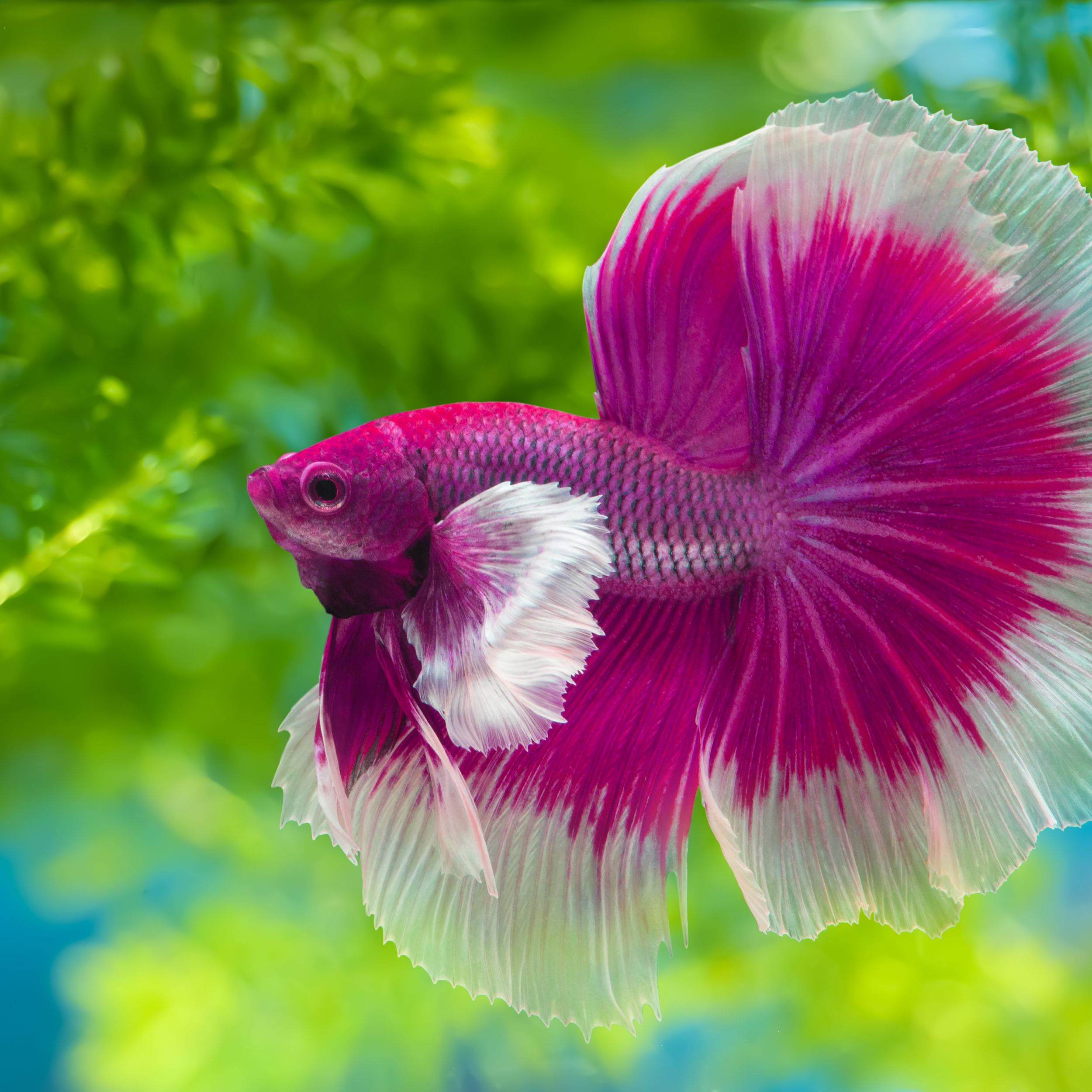The Ultimate Betta Fish Treatment Overview for New Pet Owners
The Ultimate Betta Fish Treatment Overview for New Pet Owners
Blog Article
Breeding Betta Fish: a Comprehensive Step-By-Step Guide to Efficiently Raising Infant Bettas From Eggs to The Adult Years
Breeding Betta fish is a meticulous undertaking that requires cautious planning and execution to make sure the effective growth of fry from eggs to grow fish. As the male Betta faithfully constructs a bubble nest and guards the priceless eggs, the succeeding stages of treatment and change need interest to detail and understanding of best methods.

Selecting Reproduction Pairs
When starting the trip of reproducing Betta fish, selecting the best breeding pairs is critical to attaining preferable qualities and a healthy lineage - betta fish. The primary step in this procedure is to recognize the particular attributes you desire to boost or preserve, such as color, fin type, and physique. It is crucial to select genetically diverse sets to stay clear of inbreeding, which can lead to wellness concerns and unwanted features
Review prospective reproducing prospects meticulously. A healthy and balanced male Betta must show vivid colors, an energetic temperament, and well-formed fins, while the woman should likewise show vivid coloration and a rounded tummy, showing readiness for spawning. Observing the character of both fish is vital, as aggressive or excessively shy people may not reproduce effectively.
Maintaining documents of the moms and dad fish's ancestry can help you track genetic qualities and potential problems. Ultimately, spending time in the selection procedure will substantially improve the possibility of generating strong, vibrant children that fulfill your breeding goals.

Preparing the Breeding Tank
Producing an ideal breeding atmosphere is an essential action after picking suitable pairs for Betta fish. The breeding tank should be specifically designed to give comfort and stimulate the natural breeding actions of the fish. Begin with a container dimension of at least 10 gallons to guarantee adequate room for both the man and female Bettas.
Maintain a gentle purification system to keep the water tidy while staying clear of solid currents that can emphasize the fish. In addition, an air stone can be included in supply oxygenation without interfering with the water surface area excessive.
Temperature law is vital; aim for a stable array of 78-82 ° F(25-28 ° C) using a reliable heating unit. The pH level must be kept in between 6.5 and 7.5, and regular water adjustments are essential to make sure high water high quality.
Incorporate floating plants or spawning sponges to create concealing areas for the female, while likewise encouraging bubble nest building by the male - betta fish. Lastly, guarantee the tank is totally free from sharp designs and any possible dangers, as the welfare of the fish must constantly be prioritized during this crucial phase of reproduction.
The Breeding Process
Normally, the breeding process for Betta fish involves a collection of distinctive and observable behaviors that suggest preparedness for reproduction. The male Betta starts by building a bubble nest at the water's surface area, which serves as a site for the fertilized eggs. This nest is important, as it provides a risk-free setting for the eggs till they hatch out.
Once the nest is established, the male will certainly present courtship habits, such as flaring his fins and displaying lively shades to draw in the female. The woman, upon noticing the man's readiness, will certainly respond by displaying vertical stripes along her body, indicating her receptiveness.
When the female methods, the male involves in a breeding dancing, often causing an embrace recognized as the "spawning." During this embrace, the lady releases her eggs, which the male feeds right away. The fertilized eggs after that are up to the bubble nest, where the male very carefully gathers and returns them to the nest. Following Find Out More this, the male presumes responsibility for protecting the nest and guaranteeing the safety and security of the eggs up until they hatch out, generally within 24-36 hours. This phase is vital in the reproducing procedure, laying the structure for effective fry development.
Taking Care Of Betta Fry
Caring for Betta fry needs mindful focus to their environment and nutrition to ensure healthy and balanced growth and development. After hatching, Betta fry are exceptionally little and vulnerable, requiring a secure and tidy environment. Preserving a water temperature level between 78 ° F and 80 ° F is important, as Betta fry prosper in warm problems. In addition, guarantee that the water is devoid of dangerous contaminants; normal water modifications of 10-20% are recommended to preserve ideal water high quality.
Feeding Betta fry is just as essential. They should be provided infusoria or carefully smashed high-grade fry food, as their mouths are as well tiny to take care of larger particles. As they expand, you can progressively introduce bigger foods, such as child brine shrimp or powdered flakes, to guarantee they get adequate nourishment. Feed them percentages a number of times a day, taking care not to overfeed, which can lead to water high quality concerns.
Transitioning to Grownup Bettas
As view website Betta fry mature, transitioning them to adult Bettas is an important stage that needs mindful management of their environment and social communications. This process usually starts when the fry get to around 6 weeks of age, at which factor they can be gradually introduced to an extra structured living setting.
To promote this shift, it is important to make sure that the water specifications-- such as temperature, pH, and ammonia levels-- are ideal and secure. Grown-up Betta fish flourish in cozy water (around 78-80 ° F) with a pH of 6.5 to 7.5. Gradually acclimate the fry to these conditions to reduce stress and anxiety.
Social communications are another essential variable; male Bettas are infamously territorial and aggressive. As a result, it is recommended to separate males into individual containers as they mature. Female Bettas can be housed with each other, but treatment ought to be required to check for indicators of aggressiveness.
In addition, dietary adjustments need to be made as the fry expand. Integrate premium pellets and live foods to support their growth and health. By managing these elements successfully, you can advertise a successful transition to adulthood for your Betta fish.

Conclusion
Successful reproduction of Betta fish needs cautious focus to detail throughout the whole process, from selecting genetically diverse sets to providing ideal treatment for fry. By making certain appropriate breeding problems and maintaining water quality, the likelihood of healthy children enhances significantly. Additionally, a well balanced diet plan and steady adaptation to adult atmospheres are important for the development and advancement of Betta fish. Following these important source steps diligently cultivates a thriving population of Betta fish, enhancing both their health and vigor.
Report this page